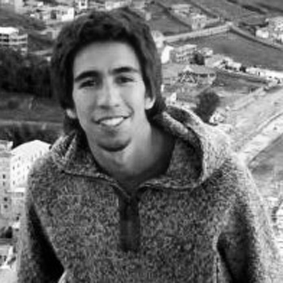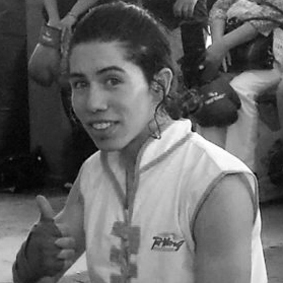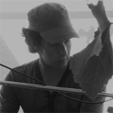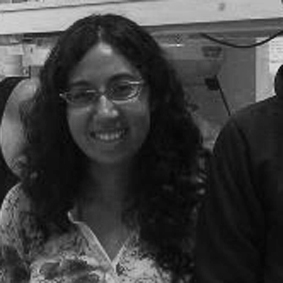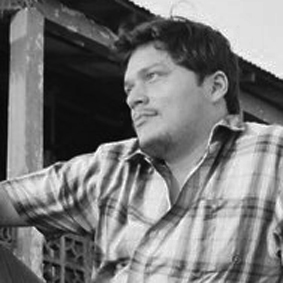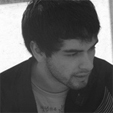Team:UC Chile2/Team/Members
From 2012.igem.org
(Difference between revisions)
| Line 28: | Line 28: | ||
[[File:Max.jpg|left|160px|link=https://2012.igem.org/Team:UC_Chile/Team/Members/Max]] | [[File:Max.jpg|left|160px|link=https://2012.igem.org/Team:UC_Chile/Team/Members/Max]] | ||
| - | <h2> Max Felis <h1 | + | <h2> Max Felis <h1\> |
One of the aims of the competition is to attempt to build simple biological systems from standard, interchangeable parts and operate them in living cells. | One of the aims of the competition is to attempt to build simple biological systems from standard, interchangeable parts and operate them in living cells. | ||
The iGEM competition facilitates this by providing a library of standardized parts (called BioBrick standard biological parts) to students, and asking them to design and build genetic machines with them. Student teams can also submit their own BioBricks. Successful projects produce cells that exhibit new and unusual properties by engineering sets of multiple genes together with mechanisms to regulate their expression. | The iGEM competition facilitates this by providing a library of standardized parts (called BioBrick standard biological parts) to students, and asking them to design and build genetic machines with them. Student teams can also submit their own BioBricks. Successful projects produce cells that exhibit new and unusual properties by engineering sets of multiple genes together with mechanisms to regulate their expression. | ||
Revision as of 22:54, 31 July 2012
Members
Max Felis
One of the aims of the competition is to attempt to build simple biological systems from standard, interchangeable parts and operate them in living cells.
The iGEM competition facilitates this by providing a library of standardized parts (called BioBrick standard biological parts) to students, and asking them to design and build genetic machines with them. Student teams can also submit their own BioBricks. Successful projects produce cells that exhibit new and unusual properties by engineering sets of multiple genes together with mechanisms to regulate their expression.
Information about BioBrick standard biological parts, and a toolkit to make and manipulate them, is provided by the Registry of Standard Biological Parts, or simply, the Registry. This is a core resource for the iGEM program, and one that has been evolving rapidly to meet the needs of the program.
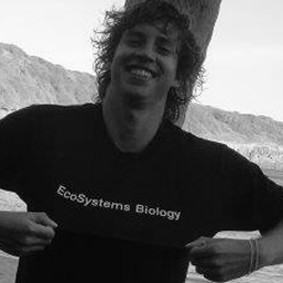

 "
"


